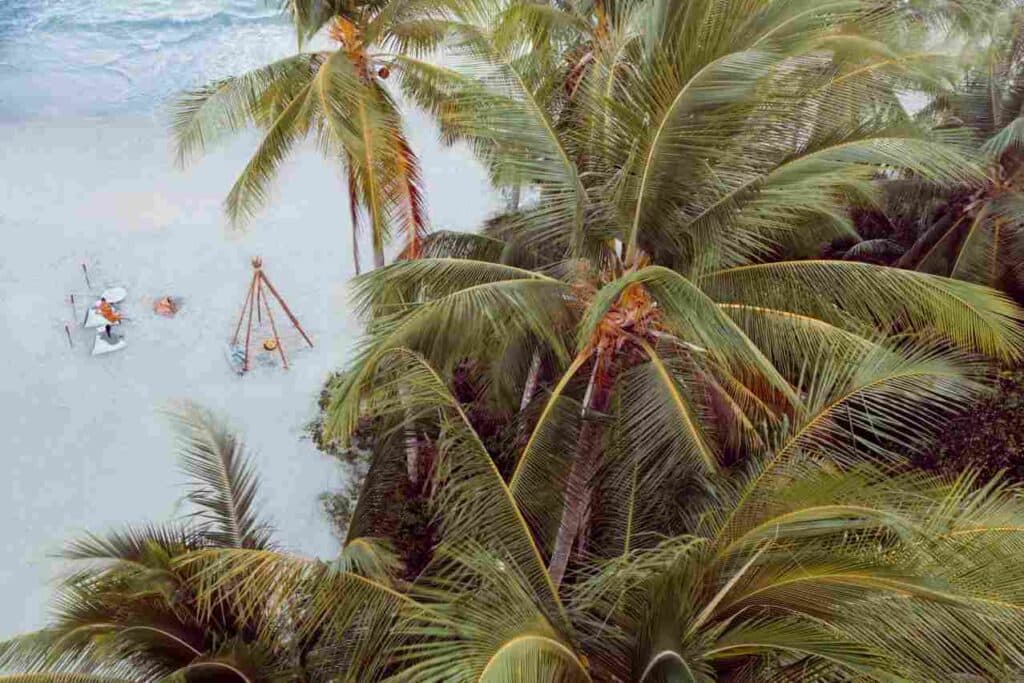The Gulf of Chiriquí National Marine Park stretches across 14,740 hectares (36,423 acres) of the Pacific coast of Panama. Created in 1994, this marine park protects islands, reefs, mangroves, and all kinds of marine and terrestrial wildlife.
In total, the park encompasses 25 islands and 19 coral reefs.
Most Visitors travel by road from Panama City or arrive at David by plane and from there they drive by road to Boca Chica, a small fishing village on the mainland that acts as a port of entry to the Gulf of Chiriquí.
It takes about an hour to reach most of the islands by boat, but the trip is worth it, the islands are stunning and isolated. Among them you find Islas Secas Archipelago, with extremely clear waters which makes diving and snorkeling an unforgettable experience.
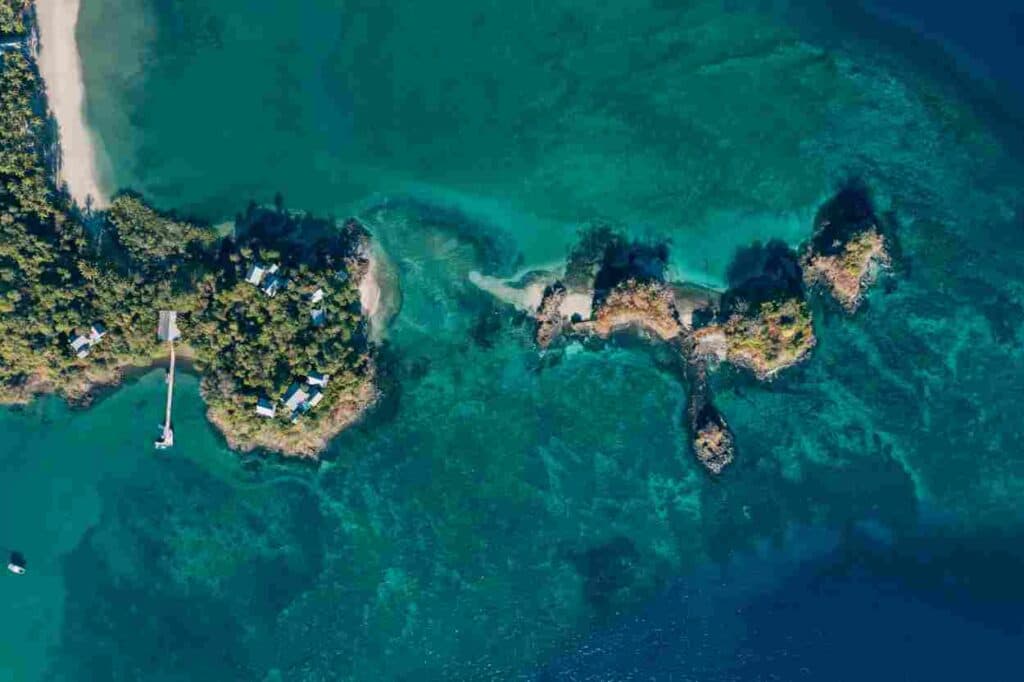
Archipelago Full of Life
The Islas Secas archipelago and its seas are home to more than 750 species of fish and 128 species of plants. To get to these islands is to have access to one of the most impressive natural environments in the world.
In these islands you can explore nature trails, observe marine life and even taste Creole dishes representative of Chiriqui Province, made with locally grown and harvested products.
Islas Secas reconnects the Visitor with the adventurous spirit that lives within every person and that is part of our heritage rooted in the land and water.
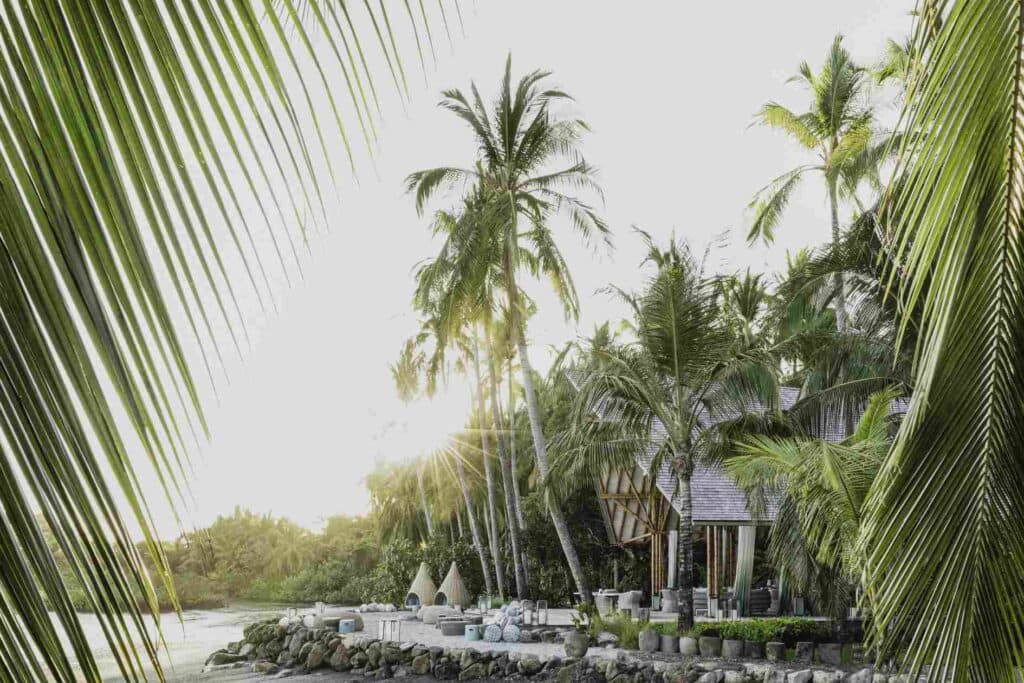
Nature and Marine Life
Islas Secas is home to more than 128 species of plants. Here you have incomparable access to one of the most impressive natural environments in the world.
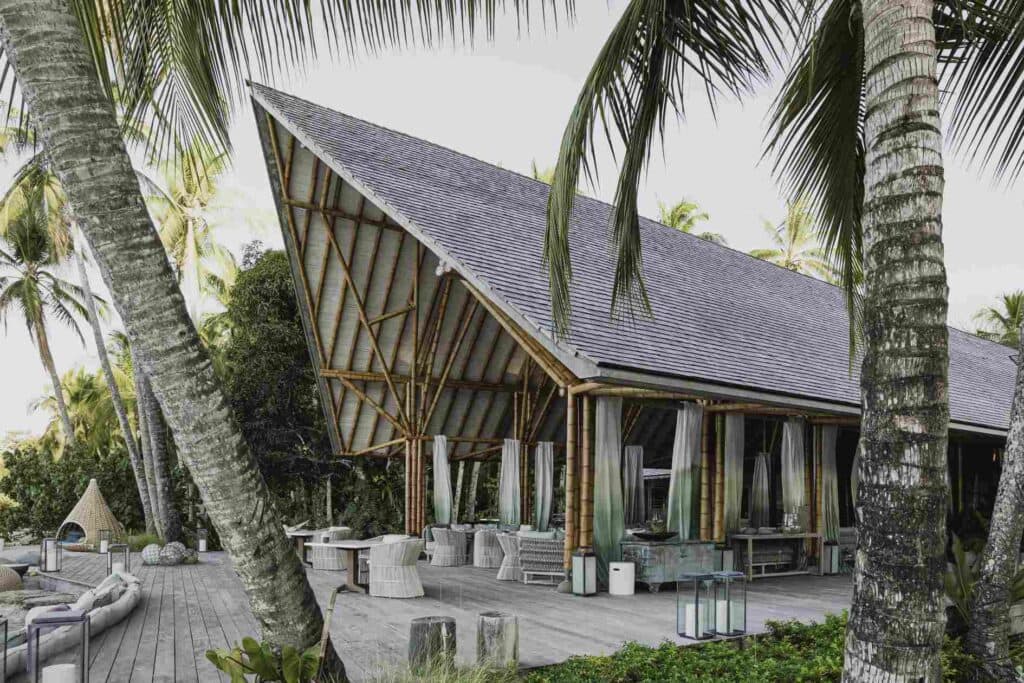
The Islas Secas seas are full of marine life. Whether snorkeling or diving, here the visitor will discover more than 750 species of fish that inhabit the Gulf of Chiriquí, including blue and black swordfish, the ‘yellowfin tuna’, whale sharks and giant manta rays, in addition to other marine creatures like dolphins and sea turtles. Visitors will be delighted to see majestic humpback whales: at different times of the year, Islas Secas witnesses the migration of two separate populations, one from the northern hemisphere and another coming from the south of Chile and Antarctica.
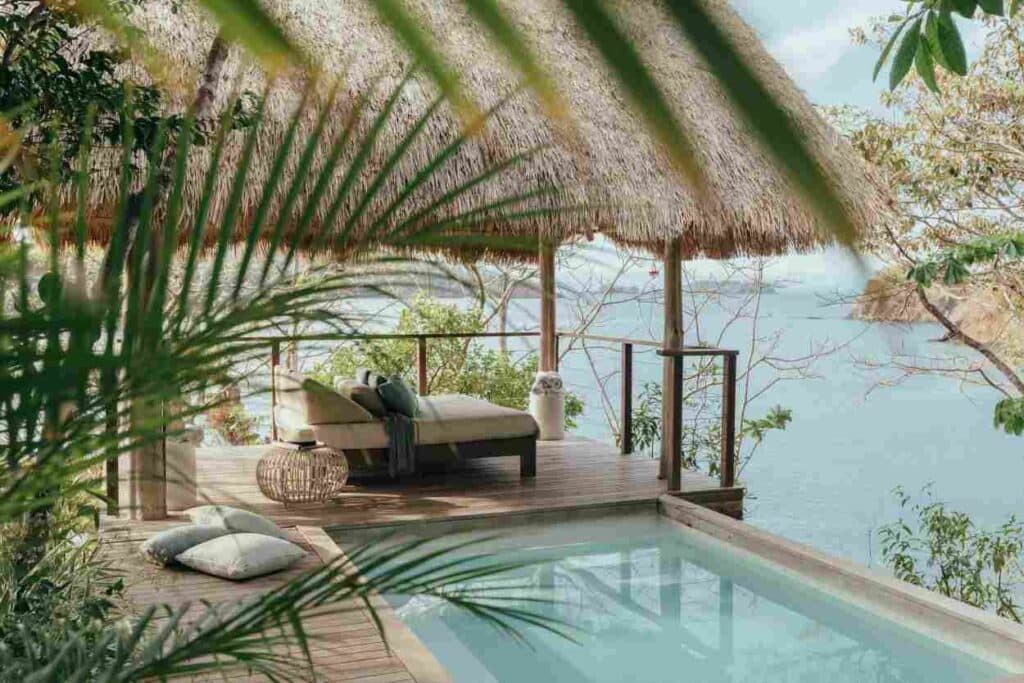
Perfect Place for Bird Watching
At Islas Secas, more than 50 types of resident and migratory birds have been observed. Sightings include the brown pelican, the great blue heron, the black mangrove falcon, the peregrine falcon, and the red-tailed hummingbird. Likewise, the Visitor can take a boat trip to Islas Cocos island, home to the second largest colony of frigates in the country. In addition, the visitor can travel the two miles of groomed trails at Islas Cavada and hear an impressive number of species.
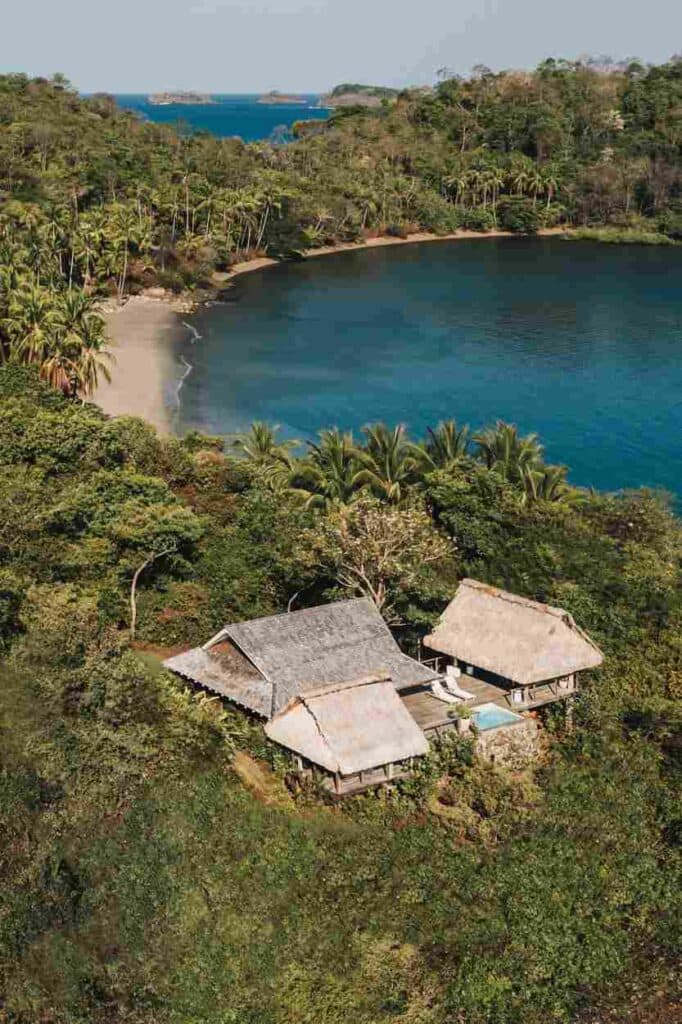
Reefs to Discover
Snorkeling or diving among the various coral reefs that surround the Dry Islands is one of the main attractions of this region. These marine ecosystems, full with marine life, are home to lobsters, crabs, octopuses, eels, starfish, seahorses, and dozens of different tropical fish.
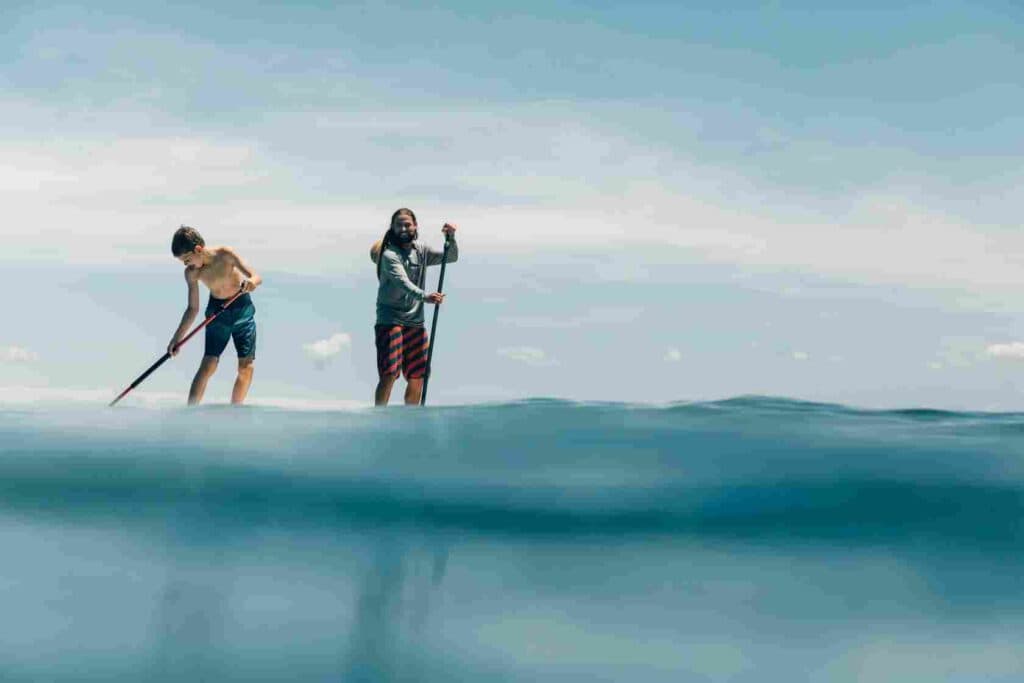
Touristic Infrastructure
There are day “Tours” that will take you to discover this paradise, with a series of services that will make your experience exceed all expectations. It also has hotels on other islands within the Gulf of Chiriquí that have all the comforts. However, if you want to stay in the same archipelago, Islas Secas is home to a self-sustaining resort of international projection with houses designed for 24 guests on one of the islands, each one built for the guest to feel in their own private sanctuary with breathtaking views of the ocean.
Islas Secas, a dream place that attracts visitors from all over the world looking for a unique natural paradise.
